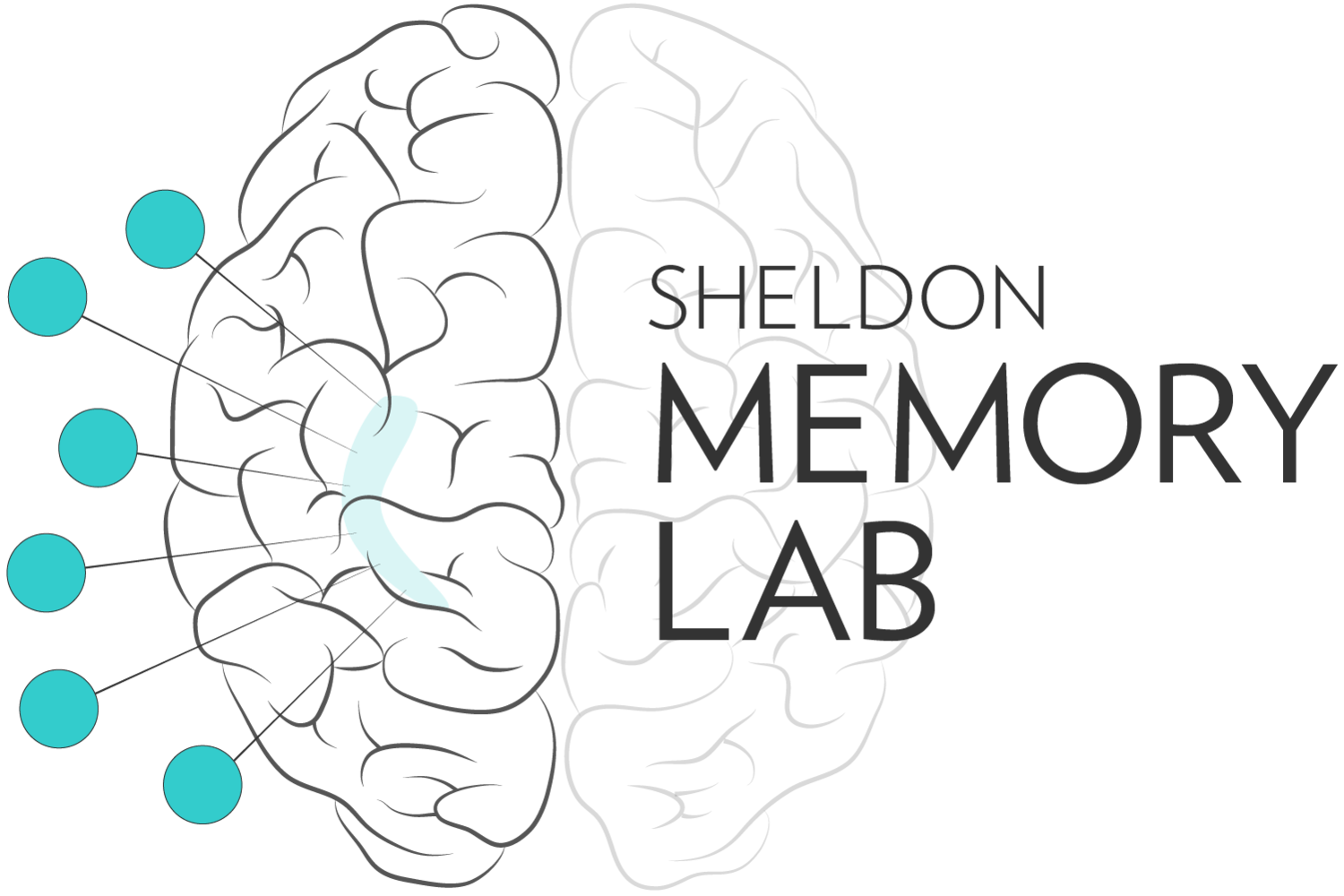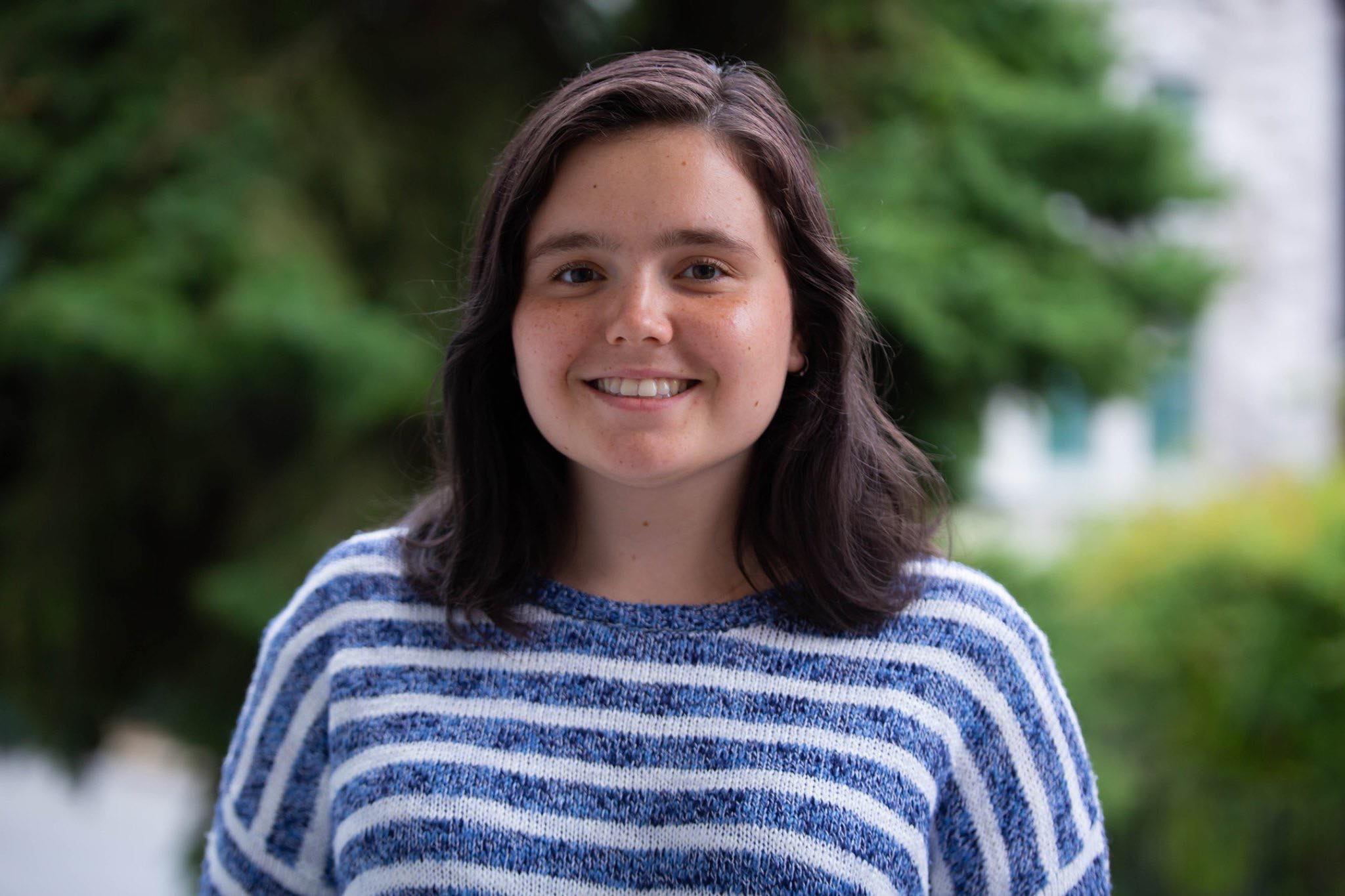Neural recruitment during processing and encoding of event boundaries
Hi!
I am an undergraduate student in the Sheldon Memory Lab focusing on neural recruitment during the encoding and processing of event boundaries. Past research has shown that event boundaries, created through the spontaneous segmentation of perceived information, are critical for how information is encoded and structured in memory. The project that I am presenting investigates which brain regions are engaged at both event and non-event boundaries, and how the complexity of event segments effects brain activity at these time points within complex narratives.
If you are interested in learning more about my project, you can view my presentation by clicking the 'Presentation' button below, or come by on Tuesday, August 10 from 3:10pm until 4:30pm to ask questions!
Neural recruitment during processing and encoding of event boundaries
In the real-world, naturalistic memories result from the encoding of multimodal and multi-element experiences that unfold over time in a continuous stream of perceived information (Kurby et al., 2008). The brain segments this perceived information into meaningful parts through a spontaneous and automatic process that creates event boundaries (Zacks et al., 2007). These event boundaries are critical for memory encoding and structure. The current study examines neural recruitment when individuals encounter event boundaries within complex narratives. We used the “Narratives” fMRI data collection to extract fMRI data of 58 participants who were scanned while listening to “Pie Man,” a naturalistic spoken story (Nastase et al., 2021). Specifically, we looked at brain activity during event boundaries and non-event boundaries of the narrative, which were previously segmented by 205 raters that determined these changes based on when they thought one natural meaningful unit ended and another began (Michelmann et al., 2020). The fMRI analysis revealed that the ventromedial prefrontal cortex and posterior cingulate cortex, which are responsible for event schema and modeling, and the middle temporal gyrus, which is implicated in auditory processing, had increased engagement during event boundaries, in comparison to non-event boundaries. Similarly, these regions also had increased activity when the complexity of the segment leading up to the event boundary, determined by its length in time, was greater. These results imply that event boundaries are associated with the construction of discrete event models, and that these processes are modulated and increased when the information leading up to the segmentation is more complex. These findings suggest that event boundaries may play a significant role in determining how continuous information is perceived and encoded in memory, possibly aiding in the formation of general event structure.


